At some point over the last year I signed up to receive emails from the Oklahoma Department of Wildlife Conservation. Some of the emails deal with fishing and hunting records and I usually trash those without reading, but I really like the newsletters that tell about our native species of plants and animals.
In late March I got an email telling about the upcoming Virtual Spring BioBlitz, which I hadn't heard of before. The (non-virtual) BioBlitz is an event that is held each October at a different state park in Oklahoma. Nature enthusiasts show up and spend the designated period (1 or 2 days) wandering around the state park and recording as many species as they can identify. It serves to map out the biodiversity of the area, track invasive species and see how native species are doing. The Spring Virtual BioBlitz is a month-long survey of the entire state. All observations are logged to iNaturalist.org, a database of naturalist records used by professionals and amateurs alike.
I took on the challenge and logged every wild species I could for the month of April. It was a lot of fun. I am already in the habit of doing this with bird species, so I got to extend this habit to some of my other interests: plants, insects, and fungi.
Throughout the month there were several challenges and I met each goal: logging at least X observations in the first weekend, logging at least Y observations in a state park another weekend, logging at least Z observations in a county that hadn't yet received any records.
I ended up logging 375 observations during the month of April. Of those observations, 223 unique species have been identified by the iNaturalist community. (Some of my 375 were duplicates and others have not yet been identified to species level yet.)
I haven't spent a lot of time learning about native (or invasive) species that live in Oklahoma, so this was a good opportunity for me to learn from others. I mostly posted my plants without identifications and allowed others to provide guidance. I can't say that I can positively identify all of these plants again without studying my photos and the names some more, but I have a much better grasp of what wild plants are growing in my area.
In late March I got an email telling about the upcoming Virtual Spring BioBlitz, which I hadn't heard of before. The (non-virtual) BioBlitz is an event that is held each October at a different state park in Oklahoma. Nature enthusiasts show up and spend the designated period (1 or 2 days) wandering around the state park and recording as many species as they can identify. It serves to map out the biodiversity of the area, track invasive species and see how native species are doing. The Spring Virtual BioBlitz is a month-long survey of the entire state. All observations are logged to iNaturalist.org, a database of naturalist records used by professionals and amateurs alike.
I took on the challenge and logged every wild species I could for the month of April. It was a lot of fun. I am already in the habit of doing this with bird species, so I got to extend this habit to some of my other interests: plants, insects, and fungi.
Throughout the month there were several challenges and I met each goal: logging at least X observations in the first weekend, logging at least Y observations in a state park another weekend, logging at least Z observations in a county that hadn't yet received any records.
I ended up logging 375 observations during the month of April. Of those observations, 223 unique species have been identified by the iNaturalist community. (Some of my 375 were duplicates and others have not yet been identified to species level yet.)
I haven't spent a lot of time learning about native (or invasive) species that live in Oklahoma, so this was a good opportunity for me to learn from others. I mostly posted my plants without identifications and allowed others to provide guidance. I can't say that I can positively identify all of these plants again without studying my photos and the names some more, but I have a much better grasp of what wild plants are growing in my area.
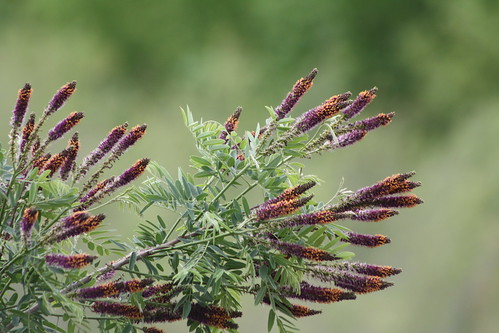
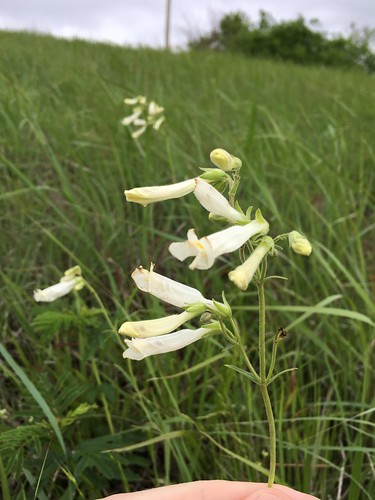
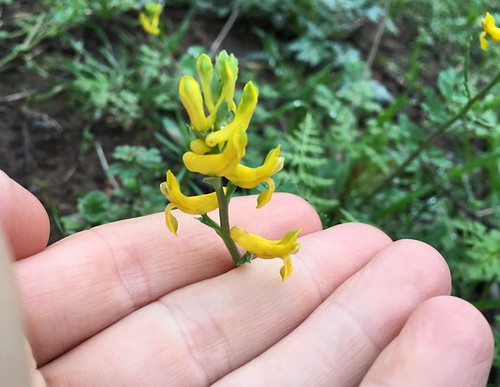
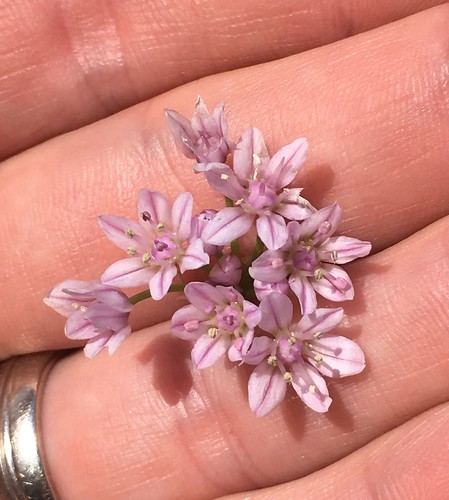
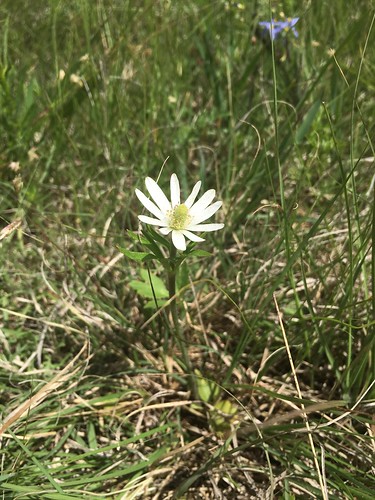
No comments:
Post a Comment